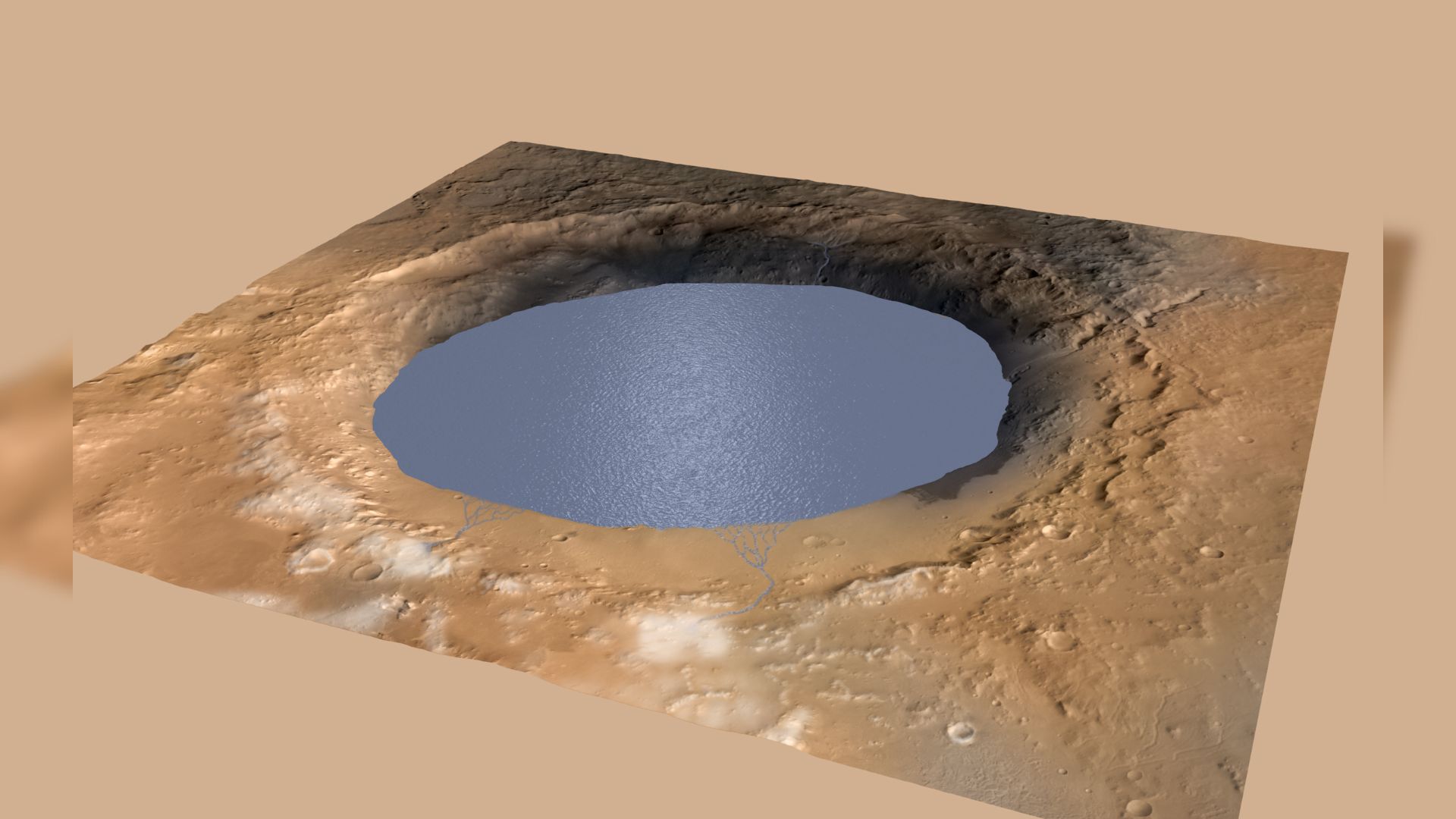We've been 'close' to achieving fusion power for 50 years. When will it actually happen?

Nuclear fusion power was supposed to be a dream come true. As soon as we discovered that you could smash little atoms together to make bigger atoms and release a small amount of energy in the process, scientists around the world realized the implications of this new bit of physics knowledge. Some wanted to turn it into weapons, but others wanted to develop it into a clean, efficient, inexhaustible supply of electrical energy.
But it turns out that fusion power is … hard. Really hard. Really complicated. Full of unexpected pitfalls and traps. We've been trying to build fusion generators for three-quarters of a century, and we've made a lot of progress — enormous, groundbreaking, horizon-expanding progress. But we're not there yet. Fusion power has been one of those things that's been "only 20 years away" for about 50 years now.
The primary challenge is that while it's relatively straightforward to make fusion happen — we did it all the time with thermonuclear weapons — it's much more difficult to make the reaction slow and controlled while extracting useful energy from it.
Related: Nuclear fusion reactor 'breakthrough' is significant, but light-years away from being useful
In the modern era, there are two major approaches to attempting useful nuclear fusion power. One is based on a process called inertial confinement, where you shoot a bunch of lasers at a small target and make it explode, triggering a brief fusion reaction. In December 2022, the Department of Energy's National Ignition Facility (NIF) made headlines for using this method to achieve "breakeven," where more energy is released from the fuel than went into it.
The other approach is based on magnetic confinement, where powerful magnetic fields squeeze on a plasma until it begins fusing. Experiments here have come a long way but have run into continued struggles in ensuring that the plasma remains stable, which is necessary for a steady fusion reaction. The latest iteration, called ITER, is currently under construction by an international research consortium, which hopes that, when finished, ITER will be the first magnetic confinement device to achieve breakeven.
But the NIF is not designed to generate electricity, and it's not clear how to turn its process into a power plant. For all its might, it produced a whopping five cents' worth of electricity through fusion. Besides, "breakeven" has a technical meaning that is somewhat disappointing. Yes, the fuel released more energy than was absorbed, but only less than 1% of the energy of the entire apparatus made it to the fuel in the first place. As for ITER, the facility is hopelessly mired in mismanagement and cost overruns, and it's not even designed to generate electricity itself.
Breaking space news, the latest updates on rocket launches, skywatching events and more!
When will fusion power finally happen?
I can't say for certain when, if ever, we'll achieve sustainable fusion power. But here are my odds, constructed entirely unscientifically: a 10% chance in the next 20 years, a 50% chance in the next century, a 30% chance within the next 100 years after that, and a 10% chance of it never happening.
Where am I getting these numbers? Fusion power is what I like to call a generational, or century-level, challenge. Humanity has achieved these kinds of projects before: massive irrigation projects at the dawn of human history, the building of massive temples and cities, and the development of steam power, railroads, cathedrals and more.
Usually, these kinds of projects require involvement over multiple generations. Sometimes we can accelerate our progress and complete them in a short amount of time when we pour enormous amounts of resources into them and simultaneously get really lucky with the right people, leadership, talent and know-how in place. We've seen this happen relatively recently, with the Manhattan Project and moonshot initiatives.
But in the mid-20th century, when we had the opportunity to spend a generation's worth of time and money in the direction of nuclear research, we had a choice between bombs and power plants — and we chose bombs. So when the power plant line of research didn't progress as quickly (because it wasn't given a century-level investment), starting in the 1950s, it just petered out and putzed along.
This means fusion research has been relegated to the same priority as most other lines of research, which means it will take roughly a century to come to fruition. But that's OK. We'll take our time with this, we'll get it right, and it will be worth it.

Paul M. Sutter is a cosmologist at Johns Hopkins University, host of Ask a Spaceman, and author of How to Die in Space.
